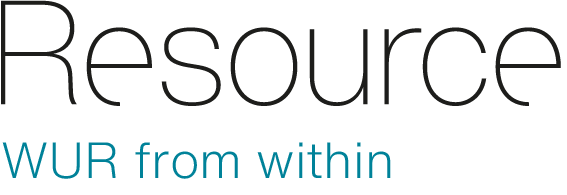Almost half of the farmers in the Northeast Polder spread more phosphate on their land than prescribed in the guidelines. This is undesirable, as global phosphate supplies are dwindling, says Oene Oenema, Wageningen professor of Nutrient Management and Soil Fertility. He published his findings in the journal Nutrient Cycling in Agroecosystems. Oenema did the research together with Arjan Reijneveld, product manager at soil science institute Blgg Research. Most crop farmers think that there is less phosphate in the soil than researchers indicate with a Pw value – an indicator of the amount of phosphate in the soil. The required dose of phosphate can be calculated by offsetting this available phosphate against the phosphate requirements of crops. However, almost 70% of breeders in the Northeast Polder do not trust the Pw figure they are given. As a result, 45 percent of the breeders play it safe by adding more phosphate than needed. This risk-avoidance behaviour seems to be the main reason why farmers are using excessive quantities of phosphate, argue Oenema and Reijneveld. They advocate giving more tailor-made fertilizer recommendations to both the farmers and their advisers, in order to reduce phosphate use. The Northeast Polder is perfect case study material for fertilization research. It has only been in existence since 1942, it has uniform soil and it comprises mainly farmland. Varying levels of phosphate in the soil can therefore easily be attributed to farm management practices.
Farmers take fertilization guidelines with a pinch of salt
Excessive phosphate use undesirable.
